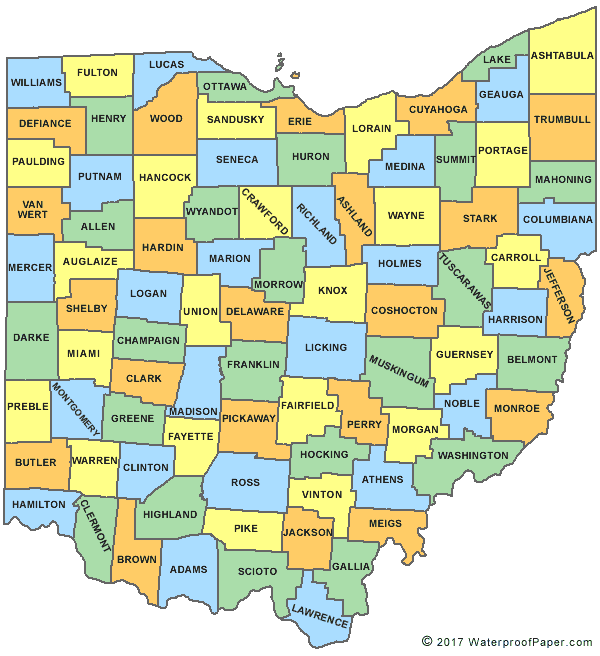Peter Kerr was a freed slave, originally owned by iron worker John Kerr of Fallowfield, Pennsylvania. Very little is known about his early life including his place of birth or how he freed himself from slavery. Our best estimate of his birth year is 1775.
By the late 1820s Peter Kerr, after gaining his freedom, moved west. He is believed to be the earliest known black person to have joined the Church of Jesus Christ of Latter-day Saints (LDS). Primarily known in early Mormon journals as “Black Pete,” Peter Kerr lived and worked on the Newell K. Whitney farm in Kirtland, Ohio in 1830.
The LDS Church was officially established in Fayette, New York in April 1830 by the Prophet Joseph Smith. During the infancy of the church, male members were typically ordained into the priesthood immediately after their baptism. Though no official documentation has been found, it seems likely that Peter Kerr was baptized and ordained when LDS missionaries Parley P. Pratt, Ziba Peterson, Peter Whitmer, and Oliver Cowdery first visited Kirtland, Ohio in December 1830.
LDS historian Mark Staker notes that as part of Kirtland’s ecstatic religious experiences upon the arrival of the missionaries, a number of local men reported receiving “letters” that fell from heaven which were copied onto paper before the original letter disappeared. Black Pete was among those who received one of these letters although his was delivered by a black angel. Because these letters were apparently divine commissions to travel the Ohio countryside preaching and baptizing, Peter Kerr soon became one of the early LDS missionaries who proselytized on behalf of the newly created Latter-day Saints Church and brought new converts to the faith. Historian Staker believes that it is likely that Peter Kerr performed baptisms as early as January of 1831. Since there were few African Americans in the area, his converts were most likely white Ohioans.
By 1831 Kerr was a publicly recognized early leader of the Mormon community in Kirtland; he was as featured in a Feb. 5, 1831 Ohio newspaper, The Ashtabula Journal. He had by that point developed a romantic interest in Lovina Williams, the youngest daughter of prominent LDS convert, Frederick G. Williams, who later served as a member of the LDS First Presidency from 1833 to 1837. Kerr claimed to have received a revelation to marry Lovina, and sought Prophet Joseph Smith’s assistance in the matter. Smith did not endorse the marriage, and Lovina married instead Burr Riggs, a friend of Kerr. “Black Pete” Kerr disappeared from the historical record after the Ashtabula Journal article appeared.

